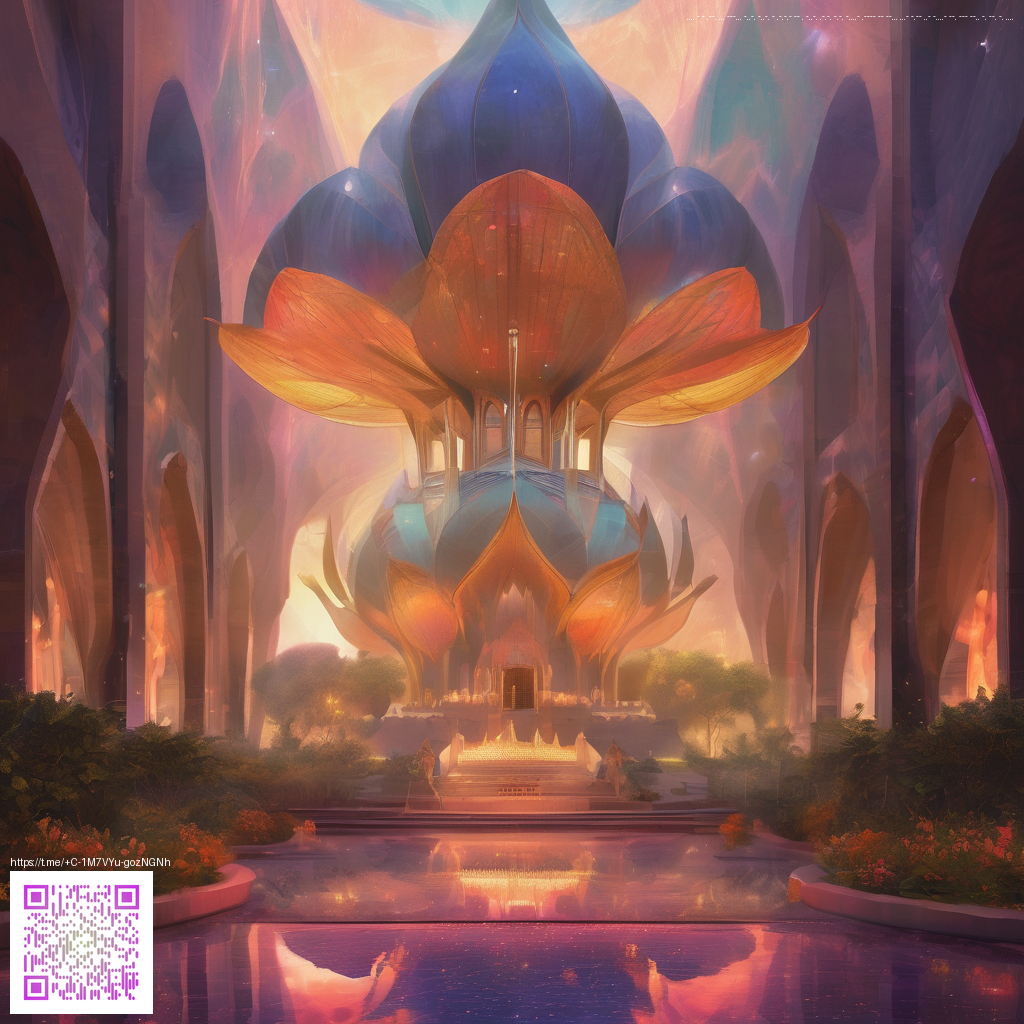
Shaders elevate stone with realistic lighting in Minecraft
When you flip the switch to a shader pack the humble stone block comes alive with depth and atmosphere. The flat gray tone now responds to the time of day the way real rock does in a canyon or cavern. Sunbeams bend across the surface and torches carve warm pools of light that reveal nuanced edges and micro textures. Even a simple block like stone gains a sense of volume that changes how you plan builds and mining routes.
Shader systems simulate light behavior in ways the base game can only hint at. Global illumination casts light from bright sources and the sky across nearby surfaces. Ambient occlusion darkens the tiny corners where blocks meet making corners feel grounded rather than flat. Specular highlights shimmer briefly on polished faces as light slides along edges. All of this happens in real time and scales with your world settings and hardware performance.
How shaders shape stone visuals
Stone is a straightforward block in vanilla Minecraft. In shader mode the lighting model adds directionality so the surface reads as rough stone rather than a uniform plane. The texture interacts with light to reveal subtle chips, fissures, and tiny speckles that catch glints of pale daylight or the warm glow of a lantern. You may notice that the same block looks different at morning, noon, and night as sun and artificial lights sweep the world.
Behind the scenes the shader uses a combination of depth-aware shadows and light maps to sculpt the stone surface. In practice a shader pack may use a normal map or simulated bump detail to push the light in a way that suggests roughness. The result is a richer silhouette and more believable transitions between lit and shadowed faces. If you compare stone bricks or cracked stone vary in texture you often see distinct tonal changes that help you read the terrain quickly during fast exploration.
Stone block data and how it translates under light
In game data stone is a durable block with a hardness of 1.5 and a solid drop of stone blocks when mined with the right tool. It is non transparent yet its faces still receive light from all directions. Under shaders the block displays depth through shading rather than pure color shifts. The interaction with light respects the block's physical properties while letting the surrounding environment influence how the surface looks. This makes stone feel heavier and more tactile in builds such as castles, temples, or rustic mines.
For builders this means you can craft scenes where stone cores feel ancient and worn. A corridor with stone slabs and stone bricks can show long shadows during sunset hours, while a courtyard lit by torches and glowstone gains a cinematic quality that invites players to linger and explore. The careful alignment of light and texture can guide the eye through a space just by shading alone.
Practical building tips with stone under shader lighting
- Mix stone variants for texture depth. Pair plain stone with mossy or cracked stone bricks to suggest age and wear
- Use directional lighting to emphasize architectural lines. Place light sources at creative angles to cast long dramatic shadows
- Combine subtle glow with stone walls. A soft glow from behind a stone arch can set a mood without overpowering the scene
- Exploit ambient occlusion for cozy corners. Where two faces meet a darker tone helps sell corners and doorways
- Test with different shader presets. Some emphasize color grading while others push contrast for a stark, cinematic look
Technical tricks and performance notes
Shader packs vary in how they sample light and render shadows. If your PC struggles with a dense shader setup try lowering shadow distance or switching to a lighter preset. Boosting texture resolution for stone can add micro detail but it may raise VRAM usage. A balanced approach often yields the best blend of realism and playability.
Texture artists can craft stone textures with dedicated normal maps to improve depth. While vanilla stone may look flat under certain shaders, the use of normal mapping and fine-grained tone adjustments makes edges pop and surfaces feel more tangible. For players who enjoy screenshot moments, experimenting with dynamic lighting can produce striking frames where stone blocks glow softly at twilight or glow with heat during magma auras in caves.
Modding culture and community experiments
Shader focused communities frequently share tips on how to pair stone with specific lighting schemes to achieve mood specific builds. Enthusiasts describe lighting tests on stone corridors for medieval keeps, then shift to high contrast scenes in barren deserts or snowbound fortresses. The creativity around stone under shaders inspires new redstone builds and display areas that highlight texture interactions and light geometry. It is a wonderful reminder of how a simple block can become a storytelling tool when seen through a shader enabled lens 🧱💎🌲⚙️.
If you are curious to dive deeper you can explore related discussions on texture and color grading as you experiment with cinematic lighting while building the stone hallways you have imagined for ages
Ready to support open Minecraft projects and keep the creativity flowing across communities
Support Our Minecraft Projects